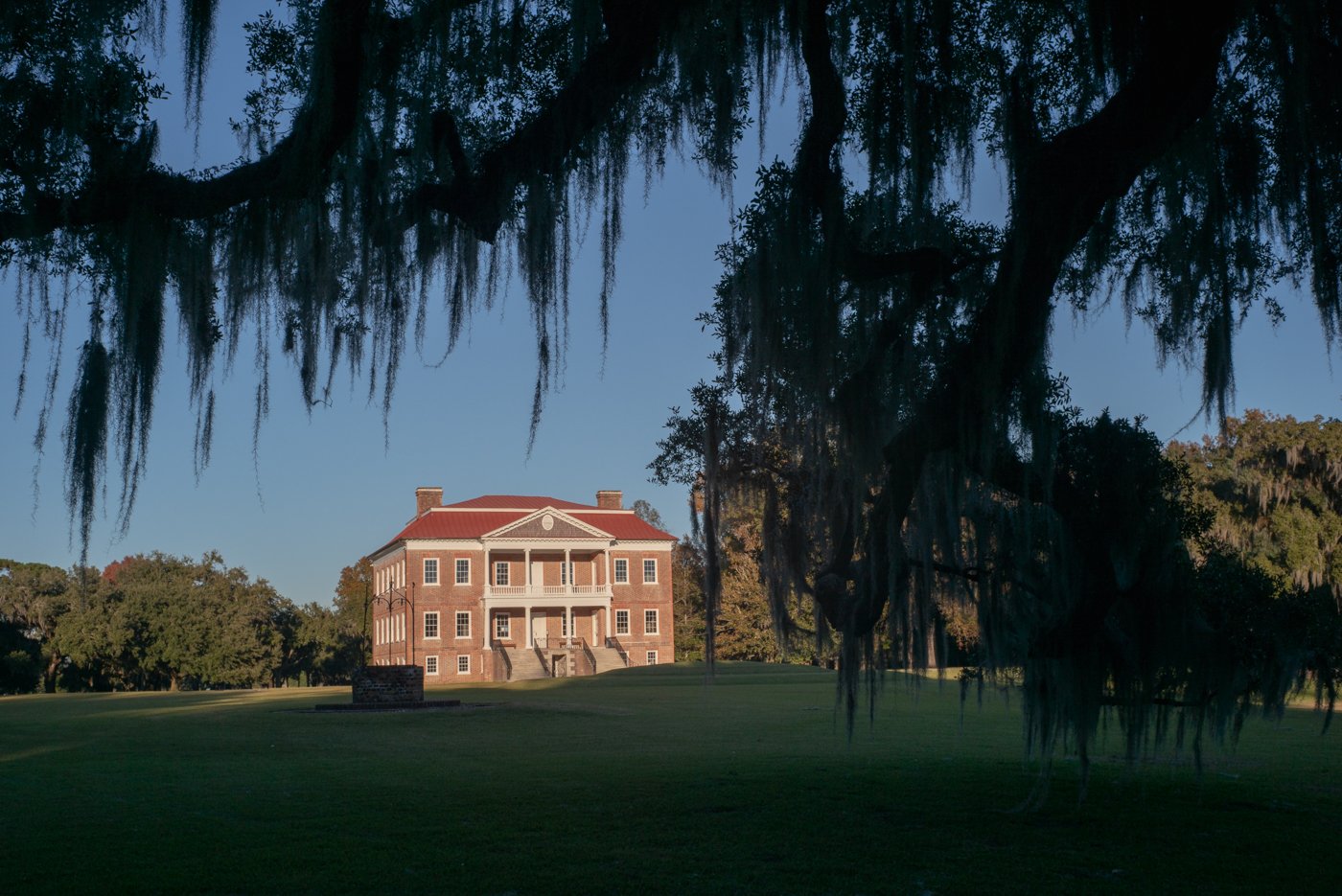




-
Say ‘indigo’ and most people know the color. The rich blue from the indigofera tinctoria plant is a natural dye and a traditional medicine across continents, cultures and civilizations. For women around the world , the main growers and users of indigo traditionally, the plant and dye have been a path to economic independence in many places.
But in the U.S., indigo's history is tied to slavery: An 18th-century slaveholder’s daughter is widely credited with planting the first indigo seeds in South Carolina. During the Revolutionary War, indigo accounted for 25% of all exports from the American colonies, the second most valuable export after rice.
This narrative, however, leaves out enslaved people who did the backbreaking work of cultivating and processing indigo into dye.
Today, women in the Lowcountry have revived indigo cultivation and dyeing, building a flourishing community of fiber artists and homesteaders. “Indigo is the voice of our ancestors,” one contemporary indigo artist told me.
In 'Children of Indigo', I explore how the commodity and its dye fueled slavery in the American colonies, photographing remaining historical sites, juxtaposed with documentary work on contemporary textile artists and homesteaders taking indigo’s difficult past and reclaiming it. My goal is to create a conversation between a painful history and a modern revival, and encourage us to reexamine our own commonly held histories.
-
Digital photography; 12x18" prints.
